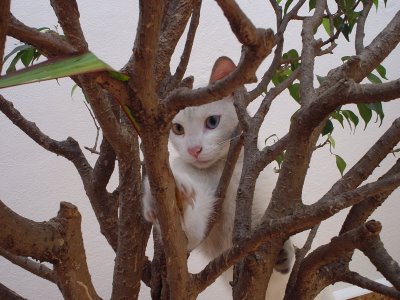Transports – A Statistical Look
10 March 2013, 2:48 pm
The great majority of the communities listed in the right sidebar of this blog have attained their high live release rates by placing animals within their own communities. There are some places, though, that rely on sending animals out of the community to save them. For those of you who are not familiar with transports, they involve sending animals from a shelter, generally in the south, to rescues that are generally located in the northeast, upper midwest, and Canada. Transports are not easy – the trips often take 2 days (meaning that overnight accommodations must be found), a health certificate is usually required, and money must come from somewhere for gasoline, crates, etc. Transports used to be done almost entirely by volunteers driving individual “legs” of 1-2 hours, which involved a lot of work in recruiting and coordinating the volunteers, but now they are often done by private companies.
In most cases, the animals who are transported are on the kill list of their sending shelter, so there is no doubt that transports are literally lifesaving for most of the transported animals. Many people nevertheless object to transports because they fear that transported animals will take homes away from animals in the receiving communities and result in those animals being killed. What does the evidence say on this issue?
You are all probably familiar with the statistics contained in this Maddie’s Fund graph:
This graph illustrates that
there are 17 million people each year who want to acquire a pet and who could be persuaded to adopt a shelter animal. Since there are about 3 to 4 million animals killed in shelters each year, there are obviously more than enough homes potentially available to reduce the kill number to zero.
This statistic alone goes a long way toward refuting the argument that animals in communities who receive transports must necessarily be displaced and killed. After all, if there are plenty of homes available and the problem is just marketing, then there are plenty of homes to go around even if animals are brought into a community from outside.
Adoption of shelter and rescue animals does not occur in a vacuum.
An individual who wants to acquire a pet has many pet suppliers competing for his or her attention, including backyard breeders and puppy mills. As a purely statistical matter, most of the 17 million people who would be open to acquiring a shelter pet each year will, in fact, wind up getting a pet from another source. This would be true even if all the shelters were doing a great job of marketing, given that there are only 3 to 4 million shelter animals to go around. Because most of the 17 million will not acquire an animal from a shelter, animals who are transported into a community are statistically far more likely to take a home from a non-shelter animal than from a shelter animal. When breeders and puppy-millers lose market share to transported animals (i.e. when demand for their product decreases), they will react by breeding fewer animals (creating less supply). Thus, every sale that a transported animal takes from a breeder or puppy mill is a disincentive for further breeding.
The argument that transported animals will necessarily take homes from less adoptable animals in the local shelter breaks down further when we look at supply and demand on a national level. In a large, diverse country such as the United States, there will always be local supply and demand imbalances. Shelters in hunt country are packed with hounds, shelters in Los Angeles are packed with Chihuahuas, shelters in West Virginia are packed with kittens, and many urban shelters are packed with so-called “pit bulls.” If we want people to think of their local shelter as the best place to adopt animals, and if we want to take market share from backyard breeders and puppy mills, then we need to be able to offer a wide range of animals for adoption at all local shelters. By moving animals around to normalize supply, we can accomplish this. The hound who gets overlooked in a Virginia shelter because there are dozens just like him will fly out the door in Massachusetts, whereas the “pit bull” who is one of dozens so labeled in an urban shelter may get a chance to shine in Canada. And having a variety of animals to offer at the local shelter helps all the animals at the shelter, because it increases foot traffic.
In an ideal world we would always want to place animals locally, if for no other reason than that transports can be stressful and expensive. And proper marketing can find homes for animals once considered “unadoptable.” Nevertheless, there is a statistical argument to be made that transports that are carefully planned to look at the supply and demand situation in both the sending and receiving communities can result in taking market share from breeders rather than from local shelter animals, while at the same time improving the public’s perception of the local shelter as a great place to look for a pet.
http://www.no-killnews.com/?p=6604





























































































































































































































































































































